The Soviet Politburo’s decision to take over the mountainous country of Afghanistan in December 1979 and save its nascent Communist revolution marked one of the turning tides of the Cold War. Nearly Ten years later, the U.S.S.R. was forced to leave in disgrace, abandoning its original goals and leaving behind a fragmented and ruined country that would continue to be embroiled in civil wars and foreign invasions for decades to come.
Operation Storm-333
Most accounts of the Soviet-Afghan conflict begin in the late-1970s, but we must go back well over two decades earlier to properly understand the roots of Communism in Afghanistan. Despite being one of the most conservative Muslim societies in the world, it was endowed with a progressive leadership determined to establish cooperative economic and social relations with the outside world. As Dr. Robert F. Baumann explains in his 1993 work, the Kingdom maintained relations with both the United States and the Soviet Union as a part of the Non-Aligned Movement, but its military academy was especially dominated by cadets trained in the Soviet Union, many of whom became staunch Stalinists. These same individuals formed a number of militant organisations that collectively overthrew the five-years old Republic of Afghanistan by force in April 1978. However, popular resistance and infighting among Communist groups became so rampant that the Soviet Union, under its interventionist Brezhnev Doctrine, decided to launch an invasion under the codename ‘Operation Storm-333’ in late-December 1979.
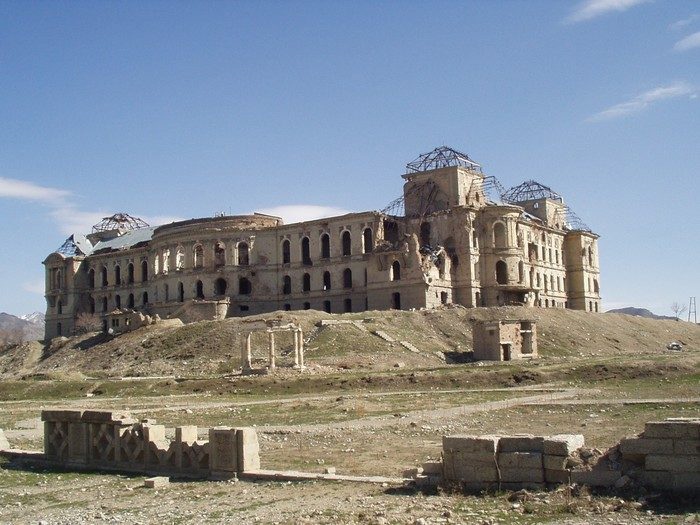
The American Intervention
The Soviet intervention turned out to be an unexpected disaster. Unlike German Democratic Republic (1953), Hungary (1956), and Czechoslovakia (1968), the determined resistance of opposition Mujahideen fighters turned the supposed six-month sweeping operation in the Southwest Asian country into a decade-long Soviet-Afghan War. Even before the Soviet Union openly invaded the country, the United States had begun its own covert operation via the CIA to provide armament and equipment to various Mujahideen groups, by far the largest of its kind in the 1980s and costing an estimated 2-3 billion dollars in total. Largely thanks to this foreign aid, the Soviet leadership was incapable of ensuring the creation of a stable socialist regime in the nation, despite deploying hundreds of thousands of troops along with a large number of local associates for close to a decade. In April 1988, a bilateral agreement signed at Geneva called for the withdrawal of all Soviet military presence from the country, a process that was completed by February next year.
Tactical Failure?
The Soviet Armed Forces were woefully unprepared for the terrain and tactics of the Afghan theatre, and experts have long suspected this military failure to be a leading cause for the Soviet defeat in Afghanistan. Not only did the Soviet Union lack any comparable experience in counterinsurgency operations elsewhere, the fact that upwards of 70% of its soldiers comprised of conscripts who only served on the frontline for a maximum of 90 days meant that it could not learn to cope effectively with the new situation either. Unfortunately, a lack of transparency means a complete study of the subject has yet to be made, and whatever accounts exist are mostly anecdotal.
The Vietnam of U.S.S.R.
Overall, the picture that emerges of the Soviet intervention in Afghanistan is eerily similar to that of the United States in Vietnam and Afghanistan. The only notable difference is that of scale. Although the economic and human costs of the War in Vietnam were much higher, the political consequences of the failure in Afghanistan proved much more disastrous to the U.S.S.R. As a military state, the withdrawal severely undermined confidence in the Soviet state at home. It is no coincidence that the entire Union collapsed barely two years later. But the real cost was borne by the Afghan people, who continue to be in a state of conflict to this day.
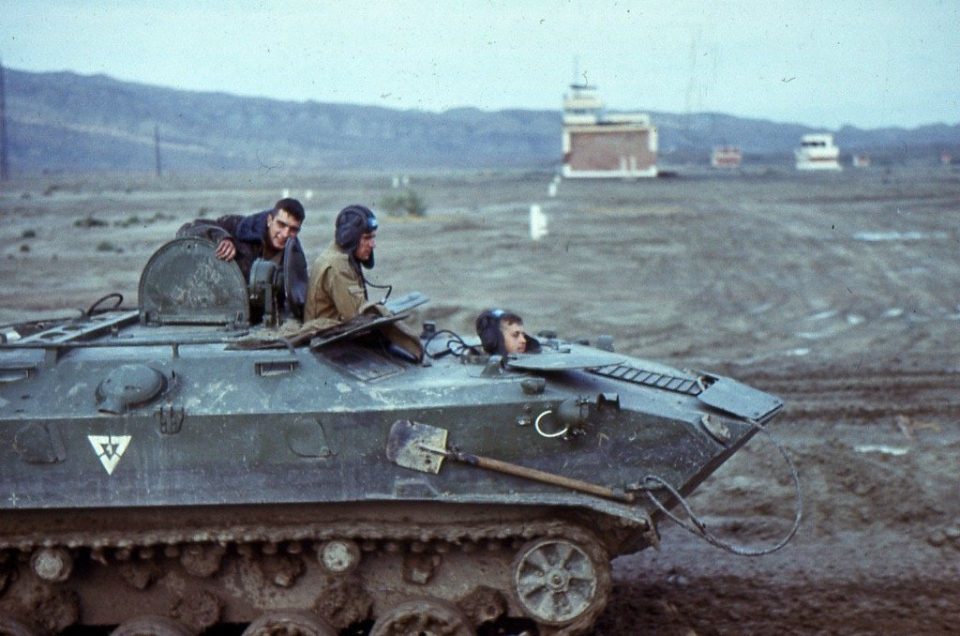
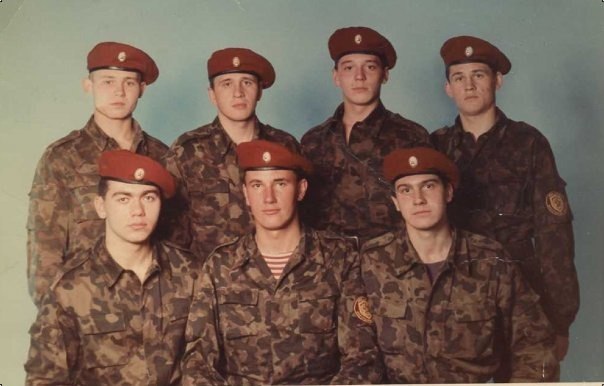
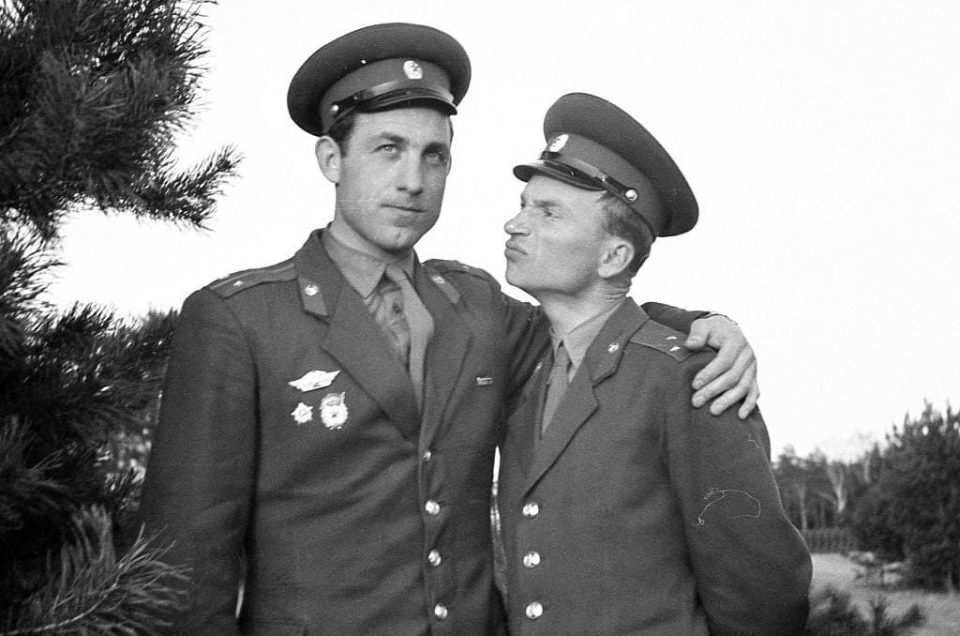

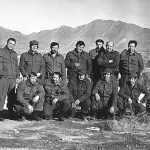



163 Comments
nice article!
tadalafil 5mg generic from us
Sounding the Death Knell; Soviet Intervention in Afghanistan – Milpho
help write essay for me
Sounding the Death Knell; Soviet Intervention in Afghanistan – Milpho
can i pay someone to write my essay
Sounding the Death Knell; Soviet Intervention in Afghanistan – Milpho
academic custom essays
Sounding the Death Knell; Soviet Intervention in Afghanistan – Milpho
can someone write my essay for me
Sounding the Death Knell; Soviet Intervention in Afghanistan – Milpho
best admission essay editing service
Sounding the Death Knell; Soviet Intervention in Afghanistan – Milpho
college essay help long island
Sounding the Death Knell; Soviet Intervention in Afghanistan – Milpho
can i get someone to write my essay
Sounding the Death Knell; Soviet Intervention in Afghanistan – Milpho
order cheap essay
Sounding the Death Knell; Soviet Intervention in Afghanistan – Milpho
help writing scholarship essays
Sounding the Death Knell; Soviet Intervention in Afghanistan – Milpho
write my essay org
Sounding the Death Knell; Soviet Intervention in Afghanistan – Milpho
i need help on writing an essay
Sounding the Death Knell; Soviet Intervention in Afghanistan – Milpho
law essay help
Sounding the Death Knell; Soviet Intervention in Afghanistan – Milpho
essay about helping others
Sounding the Death Knell; Soviet Intervention in Afghanistan – Milpho
online essay writing service review
Sounding the Death Knell; Soviet Intervention in Afghanistan – Milpho
safe rx pharmacy
Sounding the Death Knell; Soviet Intervention in Afghanistan – Milpho
generic lipitor online pharmacy
Sounding the Death Knell; Soviet Intervention in Afghanistan – Milpho
indian pharmacy viagra
Sounding the Death Knell; Soviet Intervention in Afghanistan – Milpho
shoppers drug mart pharmacy
Sounding the Death Knell; Soviet Intervention in Afghanistan – Milpho
online pharmacy reviews phentermine
online pharmacy reviews phentermine
cialis after prostate surgery
cialis after prostate surgery
viagra price without insurance
viagra price without insurance
cialis for daily use dosage
cialis for daily use dosage
cialis sex pill
cialis sex pill
female viagra cost in india
female viagra cost in india
sildenafil over counter
sildenafil over counter
where to buy sildenafil in south africa
where to buy sildenafil in south africa
cheap viagra canada free shipping
cheap viagra canada free shipping
viagra costa rica
viagra costa rica
walmart cialis price
walmart cialis price
cialis dosing
cialis dosing
mantra 10 tadalafil tablets
mantra 10 tadalafil tablets
cialis daily side effects
cialis daily side effects
Medex
Medex
domperidone mexican pharmacy
domperidone mexican pharmacy
buy cialis generic
buy cialis generic
female viagra drug
female viagra drug
medicine viagra india
medicine viagra india
how to get cialis prescription online
how to get cialis prescription online
cialis dapoxetine
cialis dapoxetine
online pharmacy vardenafil
online pharmacy vardenafil
generic sildenafil for sale in canada
generic sildenafil for sale in canada
120 mg sildenafil online
120 mg sildenafil online
female viagra order
female viagra order
sildenafil australia buy
sildenafil australia buy
viagra pills 150 mg
viagra pills 150 mg
order viagra australia
order viagra australia
cialis at walmart
cialis at walmart
cialis®
cialis®
buy cialis free shipping
buy cialis free shipping
cialis tadalafil online
cialis tadalafil online
google bactrim
google bactrim
gabapentin ndc
gabapentin ndc
cvs metronidazole
cvs metronidazole
valtrex periods
valtrex periods
natural alternatives to lyrica for nerve pain
natural alternatives to lyrica for nerve pain
tamoxifen farmacie
tamoxifen farmacie
lasix efeitos
lasix efeitos
obezitede metformin
obezitede metformin
lisinopril china
lisinopril china
ubat rybelsus malaysia
ubat rybelsus malaysia
semaglutide 14 mg
semaglutide 14 mg
rybelsus 3mg 60 comprimidos
rybelsus 3mg 60 comprimidos
escitalopram recreational
escitalopram recreational
zoloft
zoloft
can you take sertraline and fluoxetine together
can you take sertraline and fluoxetine together
metronidazole ich
metronidazole ich
amoxicillin acne
amoxicillin acne
how to stop diarrhea from cephalexin
how to stop diarrhea from cephalexin
keflex and alcohol consumption
keflex and alcohol consumption
lexapro alcohol liver
lexapro alcohol liver
ashwagandha and cymbalta reddit
ashwagandha and cymbalta reddit
co-gabapentin drug
co-gabapentin drug
duloxetine hcl dr 60 mg cap side effects
duloxetine hcl dr 60 mg cap side effects
generic viagra online paypal
generic viagra online paypal
ciprofloxacin dexamethasone
ciprofloxacin dexamethasone
cephalexin and sun exposure
cephalexin and sun exposure
can bactrim make you tired
can bactrim make you tired
bactrim breastfeeding
bactrim breastfeeding
flexeril 10mg
flexeril 10mg
mechanism of action ezetimibe
mechanism of action ezetimibe
diltiazem mechanism of action
diltiazem mechanism of action
effexor horrible side effects
effexor horrible side effects
diclofenac sodium gel 3
diclofenac sodium gel 3
ddavp dose for diabetes insipidus
ddavp dose for diabetes insipidus
citalopram hydrobromide 40 mg tablet
citalopram hydrobromide 40 mg tablet
how do you take contrave
how do you take contrave
flomax and giving blood
flomax and giving blood
where is cozaar manufactured
where is cozaar manufactured
augmentin for sinusitis
augmentin for sinusitis
how long does depakote stay in your system
how long does depakote stay in your system
does aleve have aspirin in it
does aleve have aspirin in it
why does amitriptyline cause breast enlargement
why does amitriptyline cause breast enlargement
what’s aripiprazole used for
what’s aripiprazole used for
allopurinol price
allopurinol price
mobic vs celebrex
mobic vs celebrex
ashwagandha best brand
ashwagandha best brand
celecoxib side effects
celecoxib side effects
side effects of celexa 20 mg
side effects of celexa 20 mg
remeron constipation
remeron constipation
can you take ibuprofen with robaxin
can you take ibuprofen with robaxin
tardive dyskinesia abilify
tardive dyskinesia abilify
protonix side effects long term use
protonix side effects long term use
semaglutide methylcobalamin
semaglutide methylcobalamin
acarbose igt
acarbose igt
repaglinide mylan
repaglinide mylan
actos extraprotocolares
actos extraprotocolares
venlafaxine er 75 mg capsules
venlafaxine er 75 mg capsules
tamsulosin for bph treatment
tamsulosin for bph treatment
tizanidine side effects weight loss
tizanidine side effects weight loss
usp monograph of sitagliptin phosphate
usp monograph of sitagliptin phosphate
diff between voltaren emulgel and voltaren
diff between voltaren emulgel and voltaren
75 mg spironolactone
75 mg spironolactone
synthroid classification
synthroid classification
stromectol xl
stromectol xl
cialis online pills
cialis online pills
sildenafil vs tadalafil vs vardenafil
sildenafil vs tadalafil vs vardenafil
tadalafil review forum
tadalafil review forum
what is levitra
what is levitra
cost of levitra at walmart pharmacy
cost of levitra at walmart pharmacy
dutasteride india pharmacy
dutasteride india pharmacy
us online pharmacy viagra
us online pharmacy viagra
sildenafil citrate 50mg
sildenafil citrate 50mg
buy tadalafil tablets
buy tadalafil tablets
ivermectin online
ivermectin online
ivermectin
ivermectin
sildenafil 50 mg buy online india
sildenafil 50 mg buy online india
vardenafil 10 mg
vardenafil 10 mg
ivermectin 400 mg brands
ivermectin 400 mg brands
vardenafil for women
vardenafil for women
ivermectin price
ivermectin price
female viagra 100mg price in india
female viagra 100mg price in india
is tadalafil the same as cialis
is tadalafil the same as cialis
ivermectin pill cost
ivermectin pill cost
topical ivermectin cost
topical ivermectin cost
can you drink while taking prednisone
can you drink while taking prednisone
ampicillin resistance chloramphenicol
ampicillin resistance chloramphenicol
trazodone and melatonin
trazodone and melatonin
doxycycline pneumonia
doxycycline pneumonia
flagyl pregnancy
flagyl pregnancy
keflex cephalexin
keflex cephalexin
valacyclovir pregnancy dosage
valacyclovir pregnancy dosage
how does metformin work
how does metformin work
hydrochlorothiazide/lisinopril
hydrochlorothiazide/lisinopril
pregabalin 50mg capsules
pregabalin 50mg capsules
keflex and sun exposure
keflex and sun exposure
ciprofloxacin ear infection
ciprofloxacin ear infection
modafinil india
modafinil india
what is amoxicillin 875 mg used for
what is amoxicillin 875 mg used for
can you buy nolvadex over the counter
can you buy nolvadex over the counter
classification of trimox
classification of trimox
what pain reliever can i take with prednisone
what pain reliever can i take with prednisone
lyrica dosage for nerve pain
lyrica dosage for nerve pain
duphaston glucophage
duphaston glucophage
ampicillin sodium and renal failure
ampicillin sodium and renal failure
uninfected partner take valtrex
uninfected partner take valtrex
doxycycline for chlamydia
doxycycline for chlamydia
side effects of lisinopril
side effects of lisinopril
where can i get nolvadex online
where can i get nolvadex online
keflex and bactrim
keflex and bactrim
cephalexin 500 mg para que sirve en español
cephalexin 500 mg para que sirve en español
flagyl for c.difficile
flagyl for c.difficile